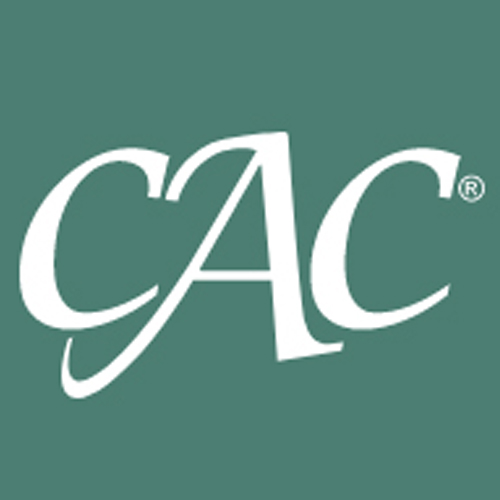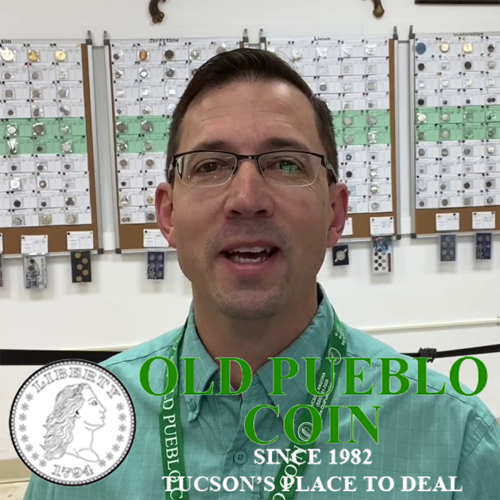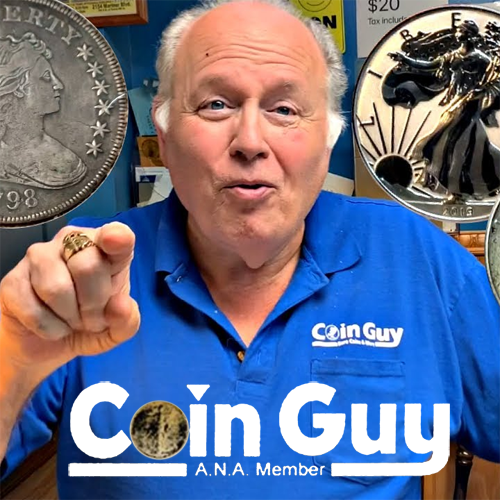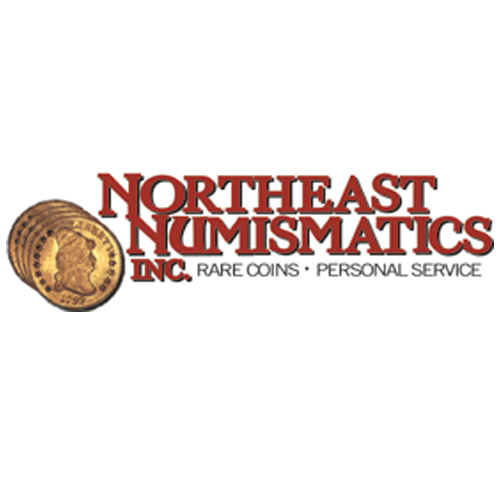“Money is not the most important thing in the world. Love is. Fortunately, I love money.”
Jackie Mason
“Money is not the most important thing in the world. Love is. Fortunately, I love money.”
Jackie Mason
What is numismatics?
Numismatics is the study or collection of currency, including coins, tokens, paper money, medals and related objects. Specialists, known as numismatists, are often characterized as students or collectors of coins, but the discipline also includes the broader study of money and other means of payment used to resolve debts and exchange goods.
People have hoarded coins for their bullion value for as long as coins have been minted. However, the collection of coins for their artistic value was a later development. Evidence from the archaeological and historical record of Ancient Rome and medieval Mesopotamia indicates that coins were collected and catalogued by scholars and state treasuries. It also seems probable that individual citizens collected old, exotic or commemorative coins as an affordable, portable form of art. According to Suetonius in his De vita Caesarum (The Lives of the Twelve Caesars), written in the first century AD, the emperor Augustus sometimes presented old and exotic coins to friends and courtiers during festivals and other special occasions. While the literary sources are scarce, it’s evident that collecting of ancient coins persisted in the Western World during the Middle Ages among rulers and high nobility.
Contemporary coin collecting and appreciation began around the fourteenth century. During the Renaissance, it became a fad among some members of the privileged classes, especially kings and queens. The Italian scholar and poet Petrarch is credited with being the pursuit’s first and most famous aficionado. Following his lead, many European kings, princes, and other nobility kept collections of ancient coins. Some notable collectors were Pope Boniface VIII, Emperor Maximilian I of the Holy Roman Empire, Louis XIV of France, Ferdinand I of Spain and Holy Roman Emperor, Henry IV of France and Elector Joachim II of Brandenburg, who started the Berlin Coin Cabinet (German: Munzkabinett Berlin). Perhaps because only the very wealthy could afford the pursuit, in Renaissance times coin collecting became known as the “Hobby of Kings.”
During the 17th and 18th centuries coin collecting remained a pursuit of the well-to-do. But rational, Enlightenment thinking led to a more systematic approach to accumulation and study. Numismatics as an academic discipline emerged in these centuries at the same time as a growing middle class, eager to prove their wealth and sophistication, began to collect coins. During the 19th and 20th centuries, coin collecting increased further in popularity. The market for coins expanded to include not only antique coins, but foreign or otherwise exotic currency. Coin shows, trade associations, and regulatory bodies emerged during these decades. The first international convention for coin collectors was held 15-18 August 1962, in Detroit, Michigan, and was sponsored by the American Numismatic Association and the Royal Canadian Numismatic Association. Attendance was estimated at 40,000. As one of the oldest and most popular world pastimes, coin collecting is now often referred to as the “King of Hobbies”.









Social Contact